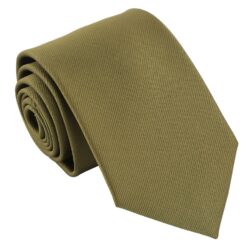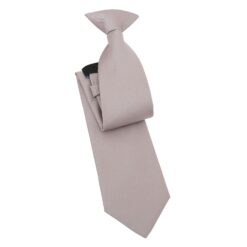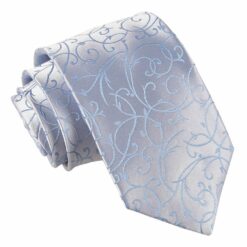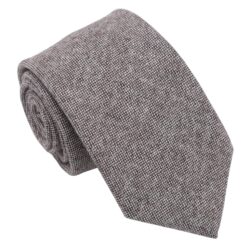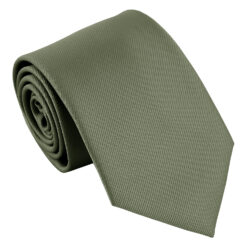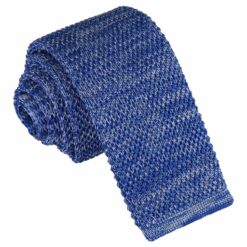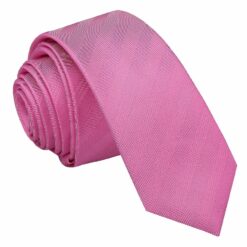We are all guilty of purchasing a necktie just because they are aesthetically pleasing.
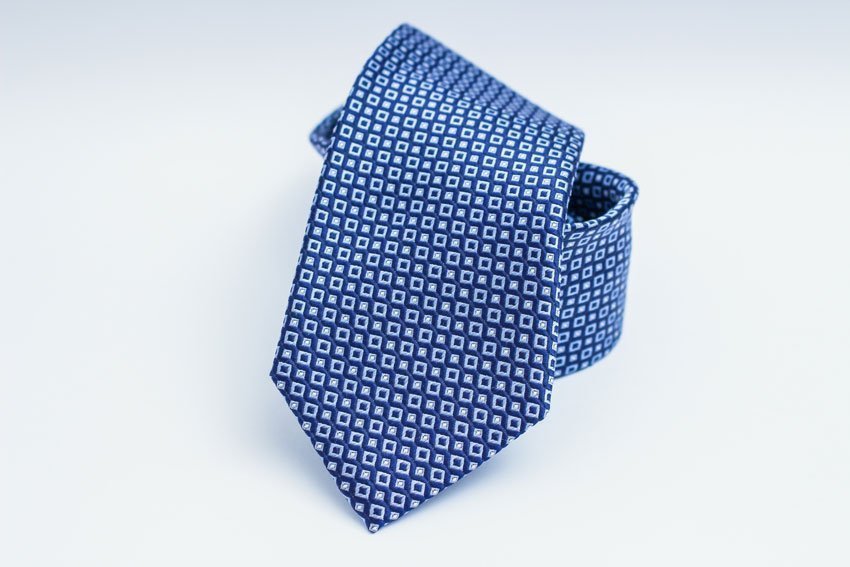
But as a true well-dressed gentleman, you have to dig past the surface and take a closer look to make a smarter purchase.
It may take a bit more time and effort, but we guarantee you that you this will payoff in the long run.
Here, we’ll break down the main elements of a necktie and concisely explain to you their functions so you’ll know what to look for when you shop for the perfect tie.
The Classic Necktie: Deconstructed

SHELL
Also known as the “envelope”, because it is the outermost material of the necktie. This maintains the overall shape of the tie itself.
It can be made out of almost any type of fabric, like cotton, linen, polyester satin, wool or silk.
Since it is the main thing you move around when you make a tie knot, it is important to make sure that it is made in high quality material.
Generally, when a tie is made of high quality fabric, it will yield a better tie knot, nicer dimple, and drapes better.
READ: Here are different tie knots you could work on. Here are 20+ ways on how to tie a tie.
SEAM
Most neckties are made from two to four fabrics sewn carefully together to achieve how long a tie should be; whether its standard length or extra long ties.
That is why you will commonly find a seam about halfway along the back of a tie. This seam should not be visible when a knot is made.
Another indication of a quality patterned tie is if the fabrics are aligned to match the design seamlessly.
CARE & ORIGIN TAG
This contains important information about the tie. Usually it shows the country where the tie was made from, materials used and special care instructions.
LABEL
It displays the brand or manufacturer of the tie. Since it’s usually placed under the keeper loop, some men also use the label to secure the narrow end of the tie.
KEEPER LOOP
Also dubbed as “self-loop”, it is the extra band of fabric located at the reverse side of the tie that secures the narrow end of the necktie, so it doesn’t dangle around once a knot is made.
Some manufacturers use the label as the keeper, but this usually causes the label to be worn out easily when used daily. These brands do this as a cost-cutting measure.
If the keeper loop is made with the same fabric as the shell and has substantial stitching, it is an indicator that the tie itself was made to last.
Check out our vast selection of ties that are guaranteed to have durable fabric back loop fastening.
BAR TACK
This is the heavy stitch at the back of the tie that holds the two folded sides together. It also helps to maintain the tie’s shape.
TIP LINING
The tip lining or also called as the “tipping” is the material sewn to finish the tip and tail of the tie.
“Decorative tipping” uses a fabric that is different than the tie’s envelope. While “self-tipping” uses the same fabric as the rest of the tie.
If a more inferior fabric was used for the tip lining, you might want to skip purchasing that tie, its quality may be questionable.
DQT’s impressive collection of ties are all made with self fabric tipping to guarantee its durability.
The Anatomy of a Tie for a Keen Eye
As a well-dressed man, you have to keep in mind that not all neckties are created equal.
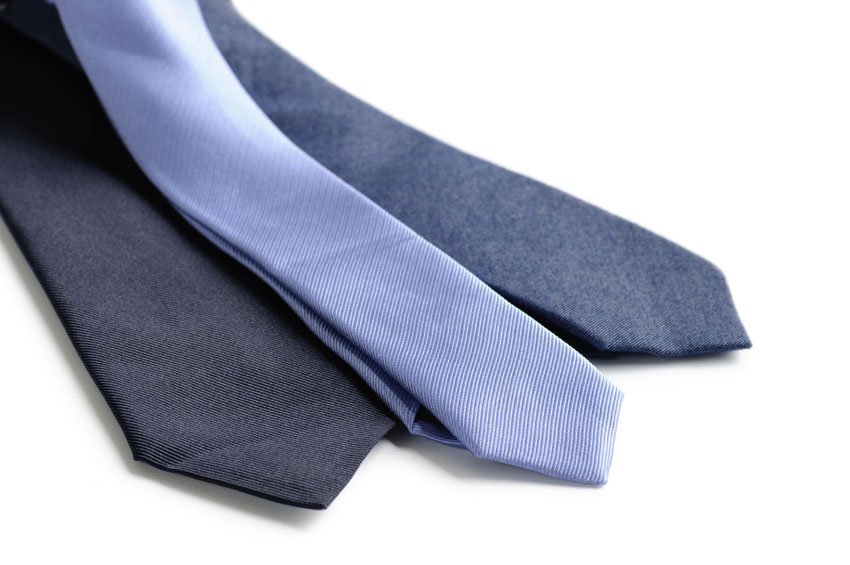
Understanding the essential parts of a necktie and learning what it is for will help you develop an eye for quality and make wiser decisions for your next neckwear purchase.
With this new acquired knowledge from us, we hope we have helped you have a peace of mind that when you carefully examine how the tie was constructed, you are assured that you get value for your money when you get yourself a new one.
Shop here at DQT for high quality ties that are not just beautifully designed but are also made to last!
